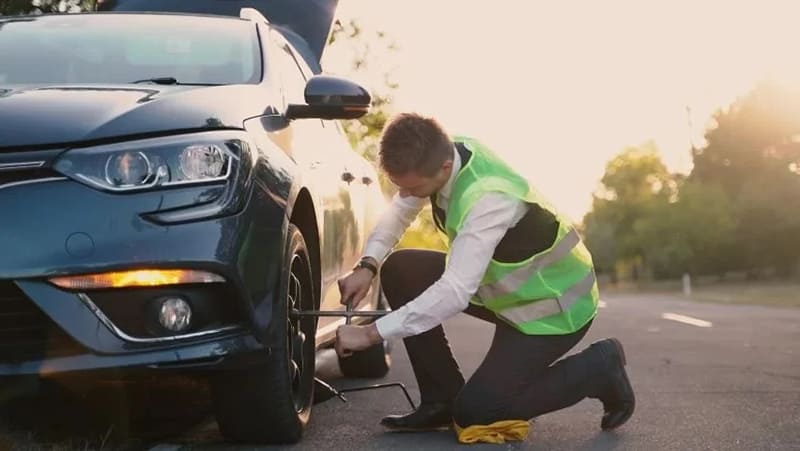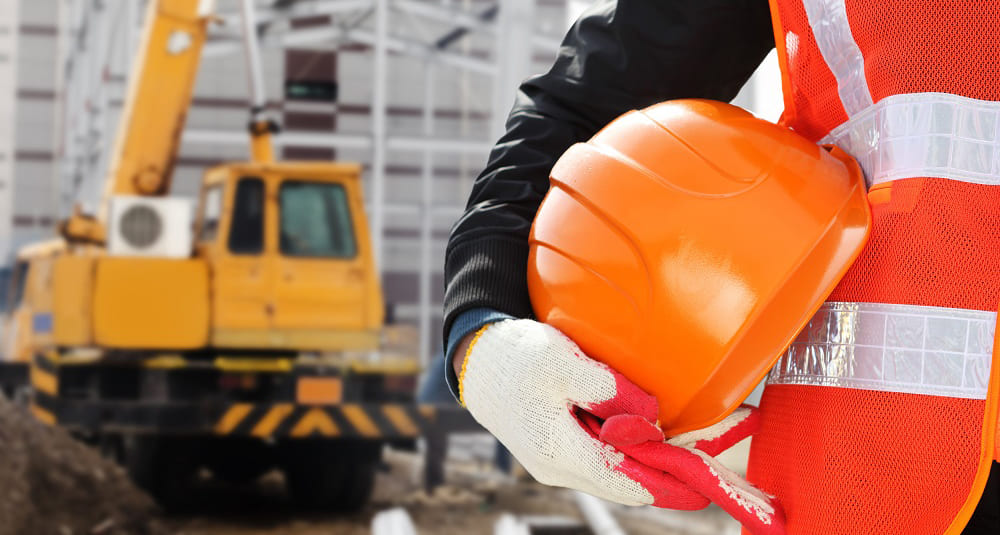Is a Reflective Vest Considered Personal Protective Equipment (PPE)?

Personal Protective Equipment (PPE) is essential in numerous industries and occupations to ensure worker safety. One commonly used item is the reflective vest, which is designed to enhance visibility and reduce the risk of accidents in low-light conditions. In this article, we will explore whether a reflective vest can be classified as PPE and discuss its significance in various settings.
Definition of PPE:
To establish whether a reflective vest qualifies as PPE, it is crucial to understand the definition of PPE. Personal Protective Equipment refers to any equipment or clothing worn by individuals to minimize exposure to hazards that could cause injury or illness. PPE includes items such as helmets, gloves, goggles, and respiratory protection.
Role of Reflective Vests:
Reflective vests are typically made of fluorescent materials with reflective tape, designed to be highly visible in low-light environments. They are commonly worn by workers in various industries, including construction, road maintenance, transportation, and emergency services. The primary purpose of a reflective vest is to increase the visibility of the wearer, reducing the chances of accidents, especially in situations involving moving vehicles or machinery.

ANSI/ISEA Standards:
In the United States, the American National Standards Institute (ANSI) and the International Safety Equipment Association (ISEA) have established specific standards for high-visibility safety apparel, including reflective vests. ANSI/ISEA 107 and ANSI/ISEA 207 are the two primary standards that define the requirements for reflective vests. These standards specify the minimum amount of reflective material, color, and design to ensure maximum visibility and effectiveness.
Reflective Vest as PPE:
Considering the definition of PPE and the role of reflective vests, it can be concluded that a reflective vest does qualify as PPE. Its purpose aligns with the fundamental objective of PPE, which is to protect workers from potential hazards. Reflective vests provide a layer of protection by increasing visibility and reducing the risk of accidents, particularly in environments with low visibility or when working near moving vehicles.
Importance in Various Settings:
Reflective vests play a crucial role in ensuring the safety of workers in a wide range of industries. Construction workers, traffic control personnel, emergency responders, and utility workers are just a few examples of professionals who rely on reflective vests to enhance their visibility. By wearing reflective vests, workers become more easily detectable, improving their safety and minimizing the likelihood of accidents or injuries.
Conclusion:
In conclusion, a reflective vest can be classified as Personal Protective Equipment (PPE). It meets the definition of PPE by providing protection through increased visibility and reducing the risk of accidents. Adhering to industry standards, such as ANSI/ISEA guidelines, ensures that reflective vests are designed and manufactured to meet specific visibility requirements. As a result, reflective vests play a vital role in various settings, safeguarding workers and enhancing overall safety.










